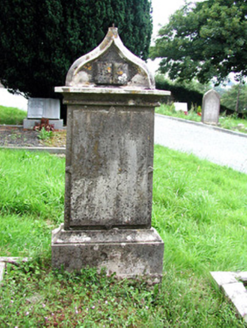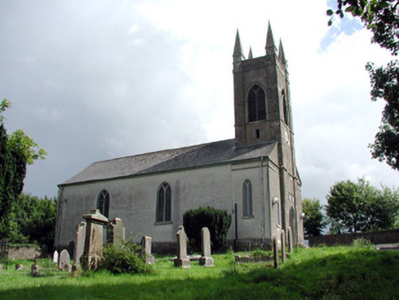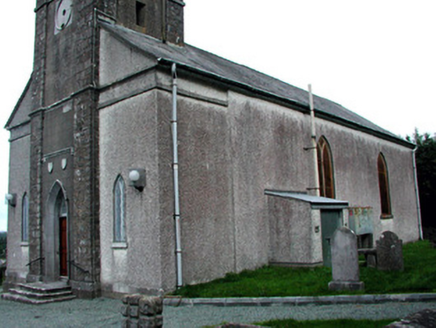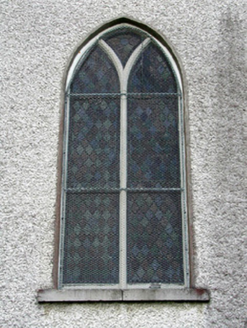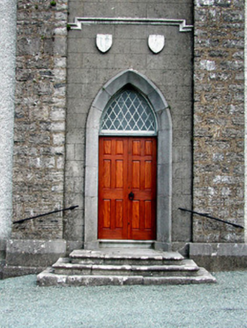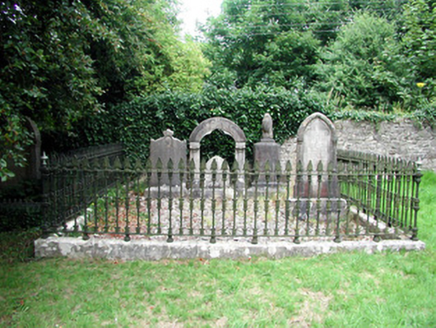Survey Data
Reg No
14804033
Rating
Regional
Categories of Special Interest
Architectural, Artistic, Social, Technical
Original Use
Church/chapel
In Use As
Church/chapel
Date
1770 - 1780
Coordinates
263178, 232671
Date Recorded
10/08/2004
Date Updated
--/--/--
Description
Detached Board of First Fruits Church of Ireland church, built between 1774 and 1778, with three-bay nave and three-stage tower to west. Pitched slate roof with terracotta ridge tiles. Roughcast rendered walls with tooled limestone plinth band and limestone eaves course. Tooled limestone band and string course to gabled front elevation. Pointed-arched window openings with timber Y-traceried stained glass windows and limestone sills. Pointed-arched window openings to rear of nave with timber Y-tracery and cast-iron and leaded lattice windows. Pointed-arched door opening with chamfered tooled limestone surround. Leaded overlight and timber panelled double doors. Doors accessed by limestone steps and flanked by limestone piers extending to the tower. Tower comprises blocked limestone angled piers supporting pinnacles. Roof hidden behind parapet and ruled-and lined rendered walls. Pointed-arched louvered openings. Limestone clock surround above entrance bay. Graveyard with grave markers dating from mid nineteenth century to the present. Graveyard enclosed behind random coursed wall, accessed through wrought-iron double gates flanked by limestone piers and pedestrian wrought-iron gate.
Appraisal
Located at the top of Church Walk, Castropetre Church of Ireland Church forms a group with the sexton's house, the Men's Institute, the Downshire Statue and the impressive entrance gates. The three-stage tower appears to balance the horizontal line of the three-bay nave, while the graveyard, with some finely carved grave markers, is an impressive setting for the church. Castropetre Church is located on a height above the main street in Edenderry and is approached up a long yew-lined avenue. The site on Blundell Hill was given by Lord Downshire and the bell donated by his family. The church was consecrated on May 8th, 1778 by Charles Jackson, Bishop of Kildare (1765-90).
